Planetary Science
-
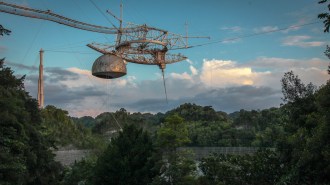 Planetary Science
Planetary Science50 years ago, Arecibo got an unprecedented view of Venus’ surface
Over its 57-year lifetime, Arecibo’s radar system measured the mountains around Venus’ middle, studied the textures of many rocky bodies in outer space and more.
-
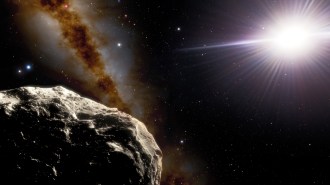 Planetary Science
Planetary ScienceEarth has a second known ‘Trojan asteroid’ that shares its orbit
A recently found space rock is about one kilometer wide, orbits ahead of Earth around the sun and will stick around for at least 4,000 years.
By Liz Kruesi -
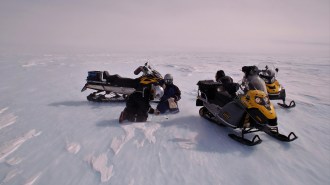 Planetary Science
Planetary ScienceMachine learning points to prime places in Antarctica to find meteorites
Using data on how ice moves across Antarctica, researchers identified more than 600 spots where space rocks may gather on the southern continent.
-
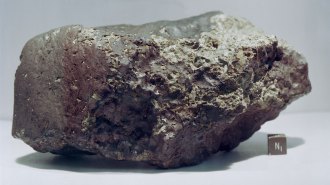 Planetary Science
Planetary ScienceOrganic molecules in an ancient Mars meteorite formed via geology, not alien life
Analysis of an ancient Martian meteorite reveals that organic molecules within it were formed by geologic processes rather than alien life.
By Nikk Ogasa -
 Astronomy
AstronomyAstronomers identified a second possible exomoon
Kepler 1708 b i, a newly discovered candidate for an exoplanet moon, has a radius about 2.6 times that of Earth, a new study suggests.
By Sid Perkins -
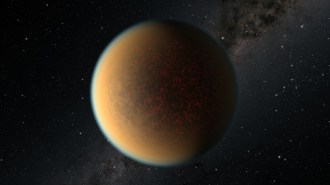 Planetary Science
Planetary ScienceOxygen-rich exoplanets may be geologically active
Experiments show that rocks exposed to higher concentrations of oxygen have a lower melting temperature than rocks exposed to lower amounts.
By Shi En Kim -
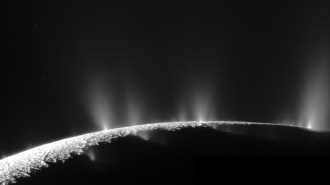 Planetary Science
Planetary ScienceEnceladus’ plumes might not come from an underground ocean
The celebrated plumes of Saturn’s moon Enceladus could come from pockets of watery mush in the moon’s icy shell, simulations suggest.
-
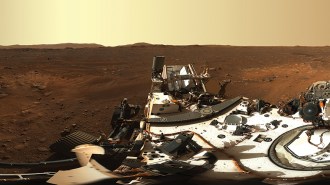 Space
SpaceSpacecraft in 2021 set their sights on Mars, asteroids and beyond
This year, a bevy of new missions got under way on Mars and spacecraft prepared to visit asteroids.
-
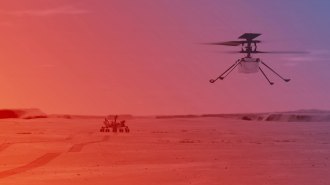 Planetary Science
Planetary ScienceIngenuity is still flying on Mars. Here’s what the helicopter is up to
NASA’s Ingenuity craft was originally planned to operate only 30 Martian days.
-
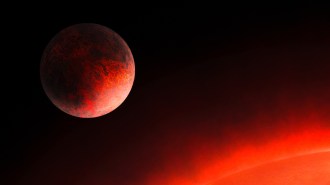 Planetary Science
Planetary ScienceThis tiny, sizzling exoplanet could be made of molten iron
A newly discovered exoplanet that whips around its star in less than eight hours is smaller than Earth, as dense as iron and hot enough to melt.
-
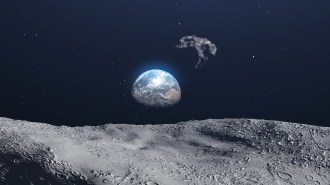 Space
SpaceA space rock called Kamoʻoalewa may be a piece of the moon
New observations reveal the possible origins of a mysterious object called Kamoʻoalewa. It could be the wreckage from an ancient impact on the moon.
-
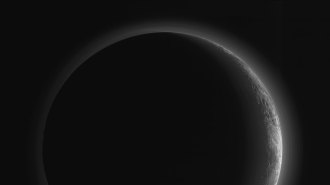 Planetary Science
Planetary SciencePluto’s dark side reveals clues to its atmosphere and frost cycles
Light from Pluto’s moon Charon illuminated the dwarf planet’s farside offering clues about how nitrogen cycles between its surface and its atmosphere.